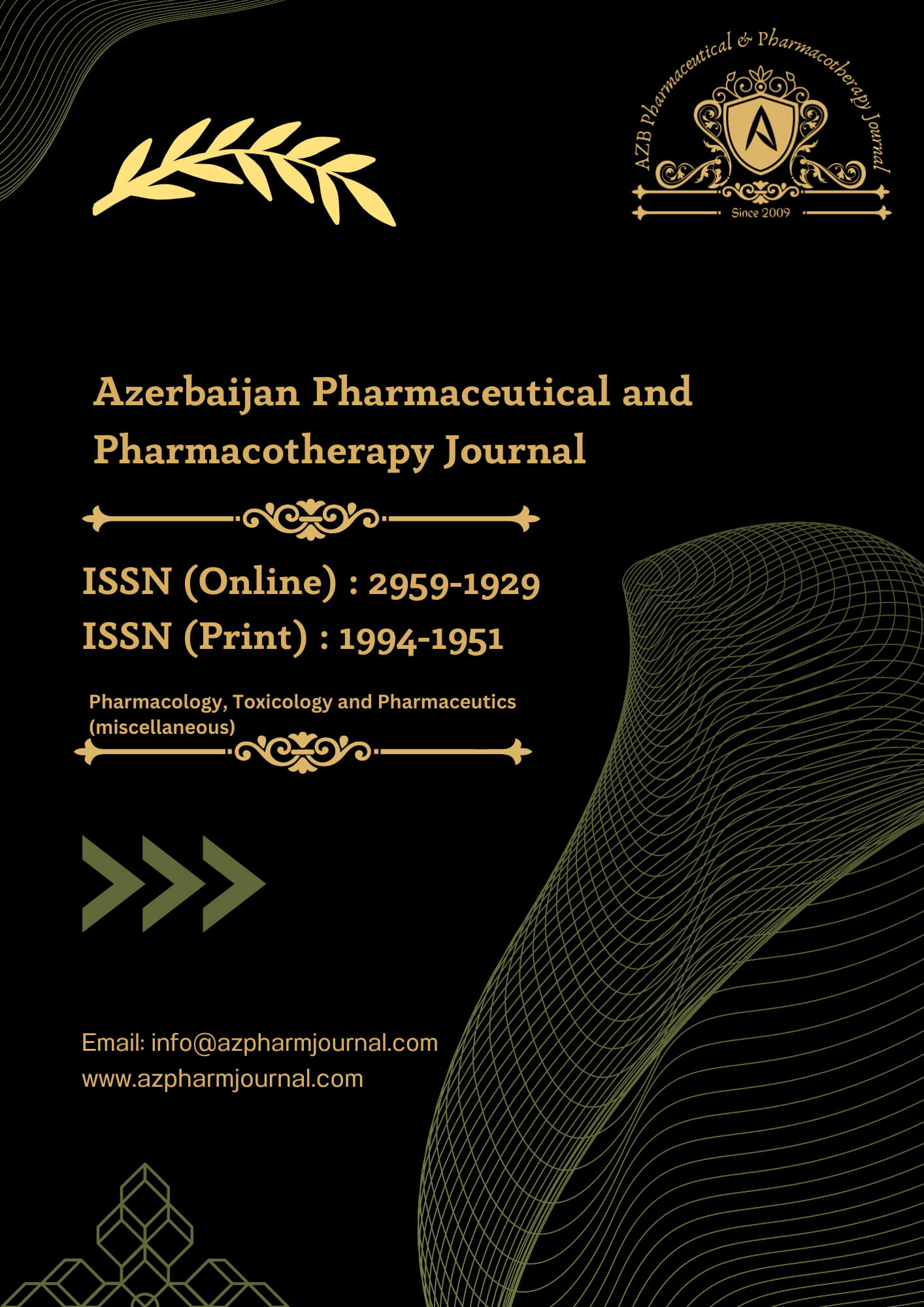2. Materials and Methods
Animals
Sprague-Dawley (SD) rats (weighing 180 to 200 g, average age 8-12 months) were utilized in this study. The rats were maintained in the animal shelter at Al-Zahrawi University College (Iraq) at 25\(^o\)C and humidity of 60-65%, with a cycle of daylight 12 hours: dark 12 hours. The rats were allowed three weeks of acclimatization with free access to food and water.
Study Design and Sample Collection
Ketamine and xylazine were administered intraperitoneally (i.p.) at doses of 80-100 mg/kg and 8-10 mg/kg, respectively, to the animals to induce general anesthesia [7]. After shaving the abdomen and rinsing it with 80% ethanol, an i.p. injection was used to administer NaCl or etanercept (5 mg/kg dissolved in 0.9% NaCl). After 60 minutes, an abdominal incision was made to reveal the renal pedicles [8]. The study was conducted by randomly dividing the rats into four groups (n=6 per group): (1) Sham group received anesthesia intraperitoneally (i.p.) with operated laparotomy surgery but did not have CLP; (2) control group was subjected to operated laparotomy surgery but had CLP but did not receive any drug; (3) vehicle group: rats were subjected to the same surgical procedure as the control group but received only the vehicle of etanercept, NaCl, i.p. 60 minutes before surgery; (4) etanercept group: rats were subjected to the surgical procedure as the control group but they received etanercept (5 mg/kg, i.p.) 60 minutes before surgery. The animals were anesthetized, killed, and the samples’ organs were retrieved after 24 hours. The kidney was cut into two parts, cleaned with 0.9% saline, put in 0.9% NaCl or 10% formalin, and kept at -20\(^\circ\)C until additional examination [3].
Histopathology
After being preserved in 10% formalin, the extracted kidneys were embedded in paraffin wax. Slices of the tissues were made that were 5 \(\mu\)m thick. Hematoxylin-eosin (H&E) was then used to stain the slices so that histological analysis could be performed. The following pathological grading scale was used in this study: Slight (1): edema or eosinophilic neurons, moderate (2): edema, an eosinophilic neuronal population, and a few RBC populations, severe (3): necrosis, edema, eosinophilic neurons, and RBC populations. Normal (no injury) (0): edema, RBCs, and eosinophilic neurons don’t exist [9].
Immunohistochemistry
TLR2 and TLR4 levels were assessed using immunohistochemistry (IHC). According to the manufacturer’s instructions, tissues from the treated and untreated groups were taken to count the number of cells tagged with TLR2 and TLR4 antibodies [10].
\[QQ = P \times I,\] where Q is the quick score, P is the percentage of positive cells, and I is the intensity.
ELISA
Modulation of NF-\(\kappa\)B p65: We used the ELISA technique to evaluate the NF-\(\kappa\)B p65 level in renal tissue from all groups at the conclusion of the experiment.
